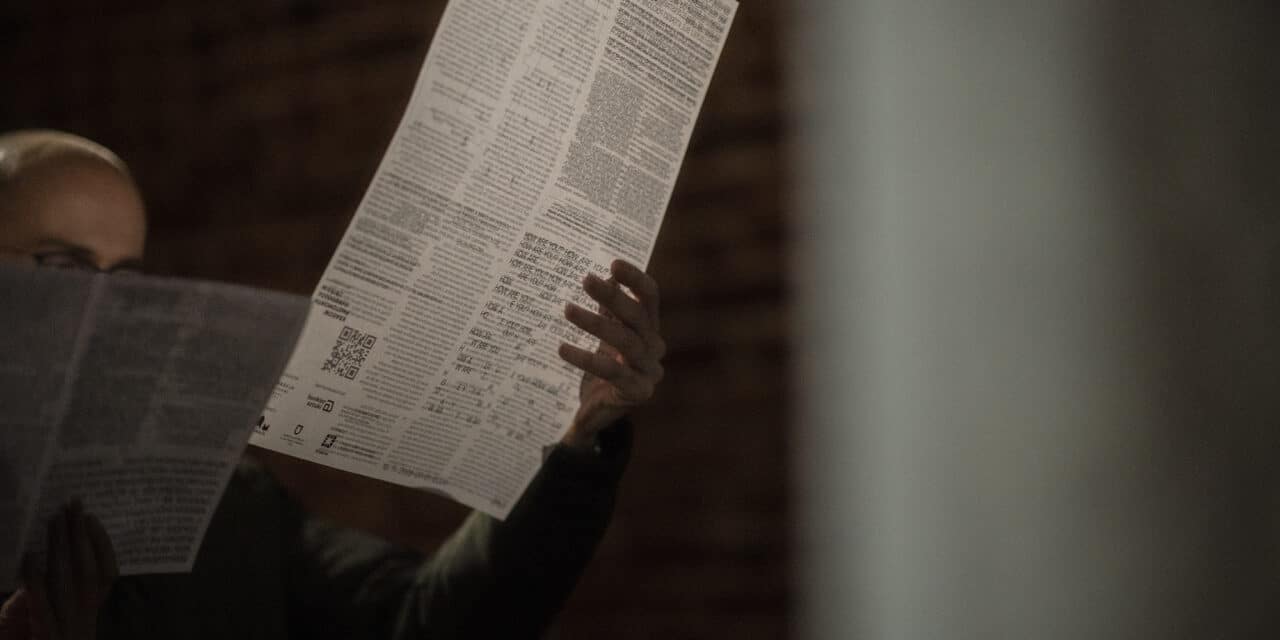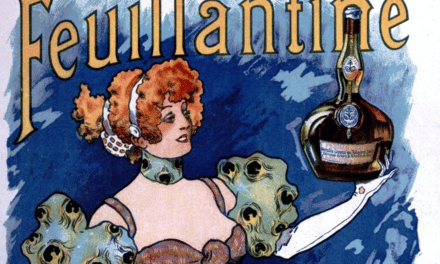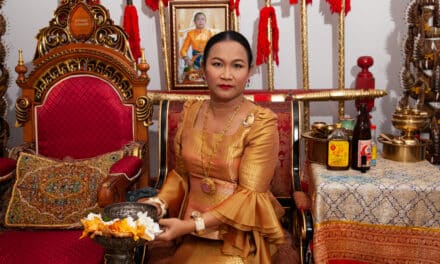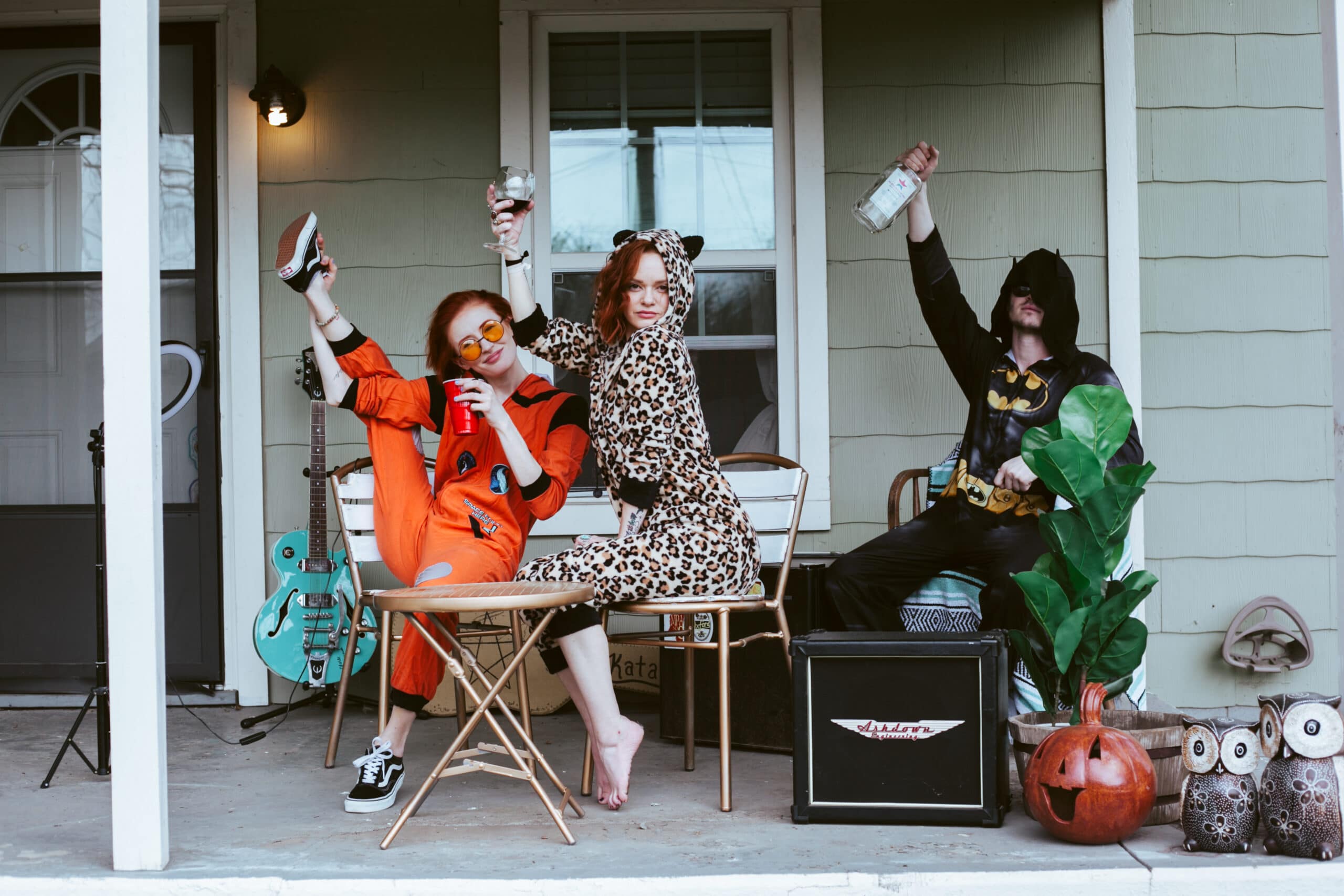Opening night. Photo: Edyta Dufaj
In times of never-ending crises, when every fading conflict only preludes another one and a peaceful, stable socio-political situation seems to be an imaginary concept we hear about in stories and tales, it is very difficult to distinguish between our own internalized anxiety and the actual collective call-to-action. We are all constantly preoccupied, so paralyzed with images of and allusions to war that we spend our lives estimating its consequences and fearing for our own safety. War isn’t only all around us; it’s within us, penetrating the public debate, the private conversations, and the individual subconscious. And for some of us, it’s even more: the everyday reality, the motivator, and the determinant of every single step. In those circumstances, when the general societal well-being varies geographically from ‘bad’ to ‘tragic’, we have to resort to the underlying power of humanity in its purest form: collectiveness. We must stop and ask each other ‘How are you?’.

HoW ARe you?, Maria Matiashova. Photo: Joanna Gorlach
This is essentially what the Krakow Photomonth Festival decided to do. Their most recent exhibit, titled precisely HOW ARE YOU?, is an exploration of present-day military conflicts and the resulting migration crisis, but it doesn’t focus on depicting the actual physical traces of war; instead, it studies the impact of the omnipresent crisis on our day-to-day interactions, demonstrating how it infiltrates our conscious and subconscious undertakings.

The Blue Mountain, Irfan Yildiz, Eleonora Stassi. Photo: Joanna Gorlach
We didn’t want to show substantial proof of the war, wherever it happened, says Natalia Wiernik, the curator of the exhibit. Our goal was to gather and present different expressions of the healing journey following it. The invited artists confront trauma in their work instead of delving into its sources. They reflect on the way their past experiences shape their present actions, thus learning how to tame their pain and embrace it as an inherent component of their personalities and artistic creation. The exhibition is a manifestation of humanity’s ability to heal and start over again.

Toys, Olga Stein Kalynovska. Photo: Joanna Gorlach
This is the first project Krakow Photomonth, one of the biggest European photography festivals, has organized since it changed the festival’s formula a few years ago. Instead of holding an annual, month-long event, they now do it once every two years, meanwhile focusing on more frequent and varied activities like this one. For HOW ARE YOU?, Krakow Photomonth collaborated with Natalia Wiernik and Kholoud Charaf, both artists and not professional curators, both strongly involved in social activism. The exhibition itself is a continuation of the project WELCOME (2022), which included a conference, an exhibition, and the publication of a book dealing with issues related to the migration crisis affecting contemporary Europe.

Once a year, a stick fries, Nastasiia Leliuk. Photo: Joanna Gorlach
After my initial interest in the migration phenomenon we explored in WELCOME, I wanted to dig deeper into the question of assimilation in a new territory, explains Natalia. After welcoming somebody to your personal space, the second most natural thing to do is to ask ‘How are you?’.
And so this simple, seemingly mundane question became the central point of the exhibit. The show’s creators believe in its therapeutic value: aside from being the most natural channel to express interpersonal care, it carries a therapeutic value, as naming our emotions makes it easier for us to understand them and, eventually, cope with them.

Natalia Wiernik and Kholoud Charaf, the curators of the exhibit. Photo: Edyta Dufaj
We all talk about the war, even if we do not mention it directly, points out Maria Matiashova, who’s interactive, game-like piece opens the exhibit. The war is implicitly incorporated into our everyday discourse. Therefore, the only way to carry on with our lives is to acknowledge and contemplate the implications the war trauma assumes for contemporary reality.
HOW ARE YOU? is a story of how the unrealized becomes externalized and familiarized. Every one of the featured artists, a total of 14 individual and collective creators from Ukraine, Poland, Syria, Italy, and Kurdistan, approaches the task from their own perspective, yet some common elements do not go unnoticed. Many of the included works strike as unapologetically innocent and candid, with their subject matter revolving around childhood-related themes.
Irfan Yildiz’s and Eleonora Stassi’s The Blue Mountain (a multidisciplinary installation involving a fragment of Yildiz’s unpublished novel of the same title), Olga Stein Kalynovska’s series of sculptures named Toys, or Nastasiia Leliuk´s installation Once a year, a stick fries tackle the motives they recognize from family stories or their own early years and boldly juxtapose them with the cruel reality of their present days. Childhood is not only an obvious symbol of a safe space of innocence; it conveys a game-like factor that suggests unlimited possibilities and absolute freedom. Returning to this time of life in their creative process enables the artists to redefine their situation and to take an active part in the shaping of their current fate. It creates the possibility of a new beginning.
And the new beginning equals hope. It means taking a risk of faith in humanity and jumping into the crazy belief that the crisis will end and we, collectively, will heal. By asking each other ‘How are you?’ often enough, we will eventually get back on our feet, look at things from a fresh perspective, and start writing a new chapter of our history. Hopefully, it will be a less painful one.





